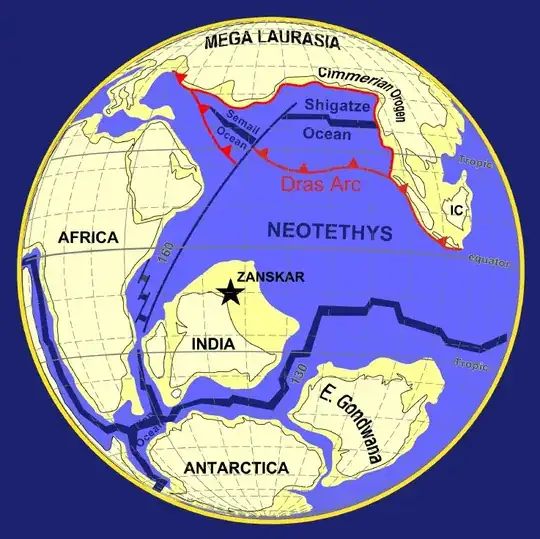I'm one of the test subjects for a new device, capable of sending an individual back to any point in history. I've been told that - due to certain problems with the process - I'll arrive naked, and so have no means of returning to the present, meaning if I want to provide feedback and/or data, I'll have to leave a message that will survive long enough to be picked up by the research teams of today. Some of the previous test subjects have already accomplished this, but they've all been sent into relatively stable time periods, where humanity was already well established, so they could get away with time capsules, hidden codes in the bible, etc. Due to my skillset as an extreme survivalist, I'm being sent back to well before humanity had climbed out of the trees - they're aiming for the Mesozoic era. This means dinosaurs (including T-Rex), and likely a whole host of other things unseen by anyone.
My mission is to a) survive, and b) leave a message that is likely to be found by my team in the present, documenting when I arrived (if I can figure this out they can possibly bring me back) along with anything else that may be of interest. This message will hopefully contain the first human account of dinosaur behaviour, but we'll see what happens.
Assuming I can stay alive, which method of storing a message would be the most likely to survive until the present, considering the earth will be hit by a meteor sometime after I arrive (not too soon after, I hope). If the message can be concealed in such a way that only my research team would be able to decipher it, that would be ideal, but is a secondary concern - for me, at least.
Note: This is not a duplicate of Million Year Time Capsule as the length of time is 65x as long, and involves meteor impacts
